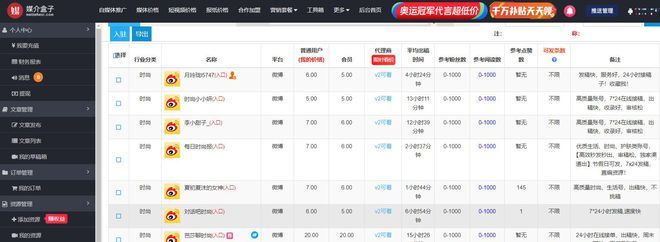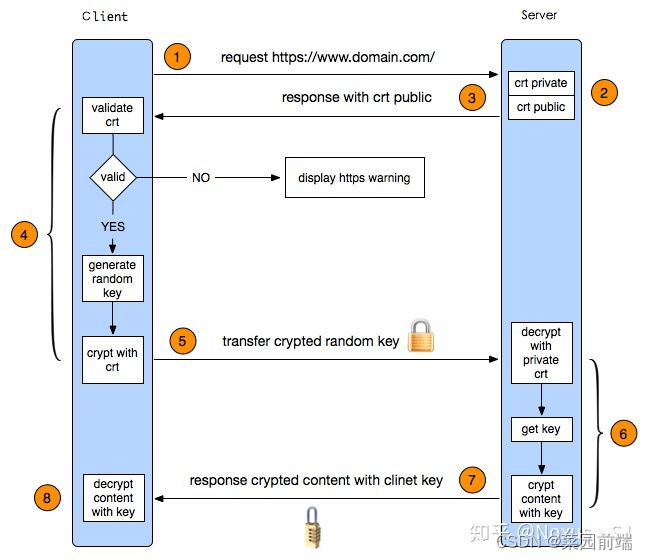文章目录
- 1. 写在前面
- 2. 下载安装openresty
- 2.1 下载Openresty
- 2.2 设置nginx启动
- 3. 嵌入lua脚本
- 4. 实践
- 5. 小结
1. 写在前面
当一个域名中衍生出多个服务的时候,如果想要保持对外服务始终是一个域名,则需要通过nginx反向代理来实现。如果在转发的时候需要对具体的规则进行一些逻辑运算的话,则需要通过嵌入lua脚本来实现,而nginx本身是不支持lua功能的,目前可以通过:
- nginx + lua module来实现
- Openresty来实现
我这里尝试使用Openresty来实现lua脚本嵌入逻辑实现nginx的请求转发。
2. 下载安装openresty
2.1 下载Openresty
下载可以按照官方文档的步骤进行具体的下载:Openresty下载 - 使用虚拟机Centos的话可以直接参照:Openresty-Centos
# add the yum repo:
wget https://openresty.org/package/centos/openresty.repo
sudo mv openresty.repo /etc/yum.repos.d/openresty.repo
# update the yum index:
sudo yum check-update
# install openresty
sudo yum install -y openresty
完成上面三步就完成了openresty的安装了,此时进入到默认安装路径/usr/local/openresty/bin/可以直接使用./openresty直接启动。
2.2 设置nginx启动
使用openresty启动多少了我们平常使用的nginx有点差异,所以可以通过导入nginx启动的程序到PATH中实现nginx启动。
PATH=/usr/local/openresty/nginx/sbin:$PATH
export PATH
完成之后,就可以直接使用nginx启动了。此时访问localhost可以直接看到openresty的页面。
3. 嵌入lua脚本
我们需要修改/usr/local/openresty/nginx/conf路径下的nginx.conf文件来实现。
server {
listen 8088;
server_name localhost;
location / {
access_by_lua_block {
percent = 50
if math.random(0,100) > percent then
return ngx.exec("@8080")
else
return ngx.exec("@9090")
end
}
}
location @8080 {
proxy_pass http://127.0.0.1:8080;
add_header Redirect true;
}
location @9090 {
proxy_pass http://127.0.0.1:9090;
add_header Redirect true;
}
}
上面的lua命令是openresty的lua-nginx-module所支持的,这个命令的含义如下:
Acts as an access phase handler and executes Lua code string specified in
{ <lua-script }for every request. The Lua code may make API calls and is executed as a new spawned coroutine in an independent global environment (i.e. a sandbox).
充当访问阶段处理器并为每个请求执行{<Lua-script}中指定的Lua代码字符串。Lua代码可以进行API调用,并在独立的全局环境(即沙箱)中作为新的派生协程执行。
简单来说:这个命令就是在请求转发的维护执行,会解析lua,并执行lua中的命令。
lua-nginx-module还支持很多lua的命令,具体可以参照:https://github.com/openresty/lua-nginx-module
上面的lua脚本的含义随机将请求转发到8080和9090,并在response的响应头加上Redirect:true。
ngx.exec()这个命令相当于执行API的调用**syntax:** *ngx.exec(uri, args?)*,这里的API可以是具体的路径,也可以是我们配置的location路径,第二个参数为请求的参数。
4. 实践
编写了两个gin的程序,分别监听8080和9090端口。
func main() {
engine := gin.Default()
engine.GET("/", func(c *gin.Context) {
c.JSON(http.StatusOK, gin.H{
"code": 0,
"msg": "success",
"data": "hello world from 8080 port",
})
})
engine.Run(":8080")
}
func main() {
engine := gin.Default()
engine.GET("/", func(c *gin.Context) {
c.JSON(http.StatusOK, gin.H{
"code": 0,
"msg": "success",
"data": "hello world from 9090 port",
})
})
engine.Run(":9090")
}
按照脚本的逻辑,请求8088的时候,我们的请求会按照50%的概率分别被转发到8080和9090的服务。


5. 小结
通过对Openresty的简单尝试,发现nginx+lua的组合可以帮助我们实现更多特定的转发逻辑,本次只是针对概率对不同的API进行转发,通过在请求访问nginx的最尾端实现了lua脚本的按概率转发。除了这一个脚本,Openresty的nginx-lua-module还支持很多诸如init_worker_by_lua、content_by_lua_block、set_by_lua_block等一些十分有用的可以嵌入lua脚本的命令。后续如果再遇到一些更复杂的转发特定逻辑,不妨考虑使用一下其他的命令来帮助我们实现。

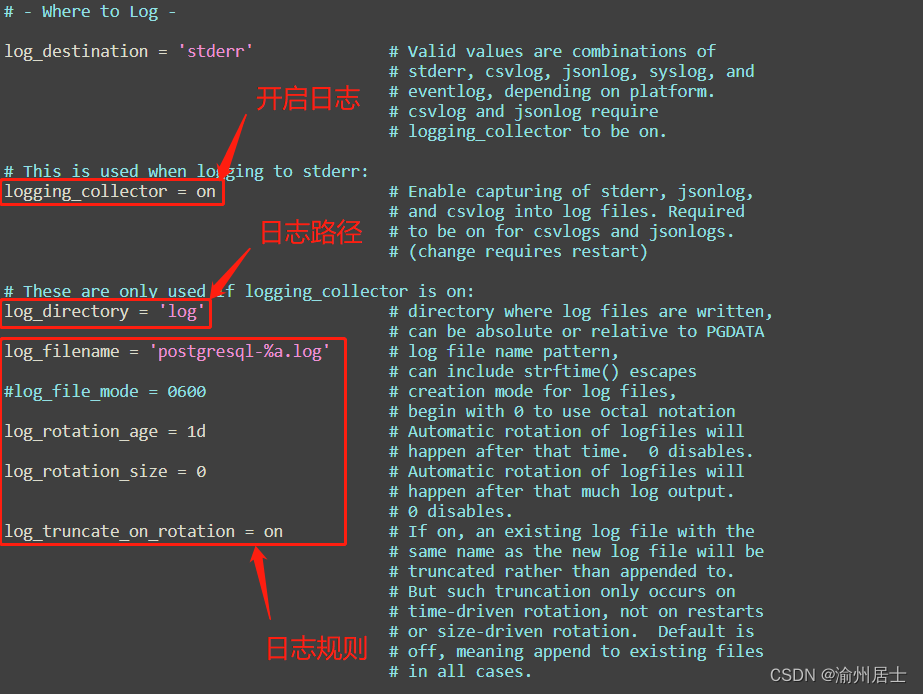


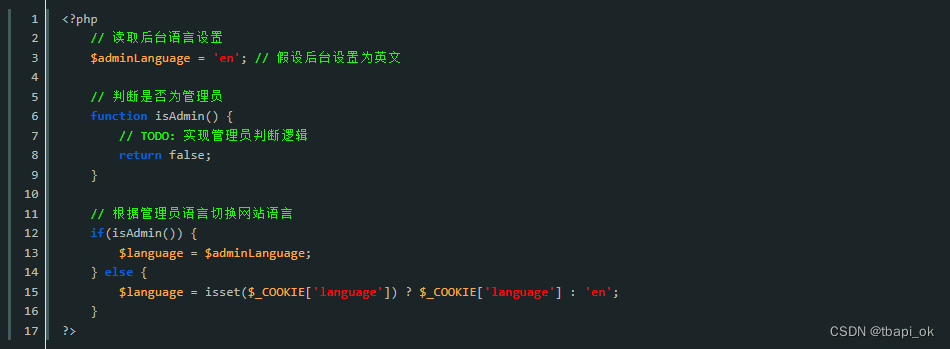
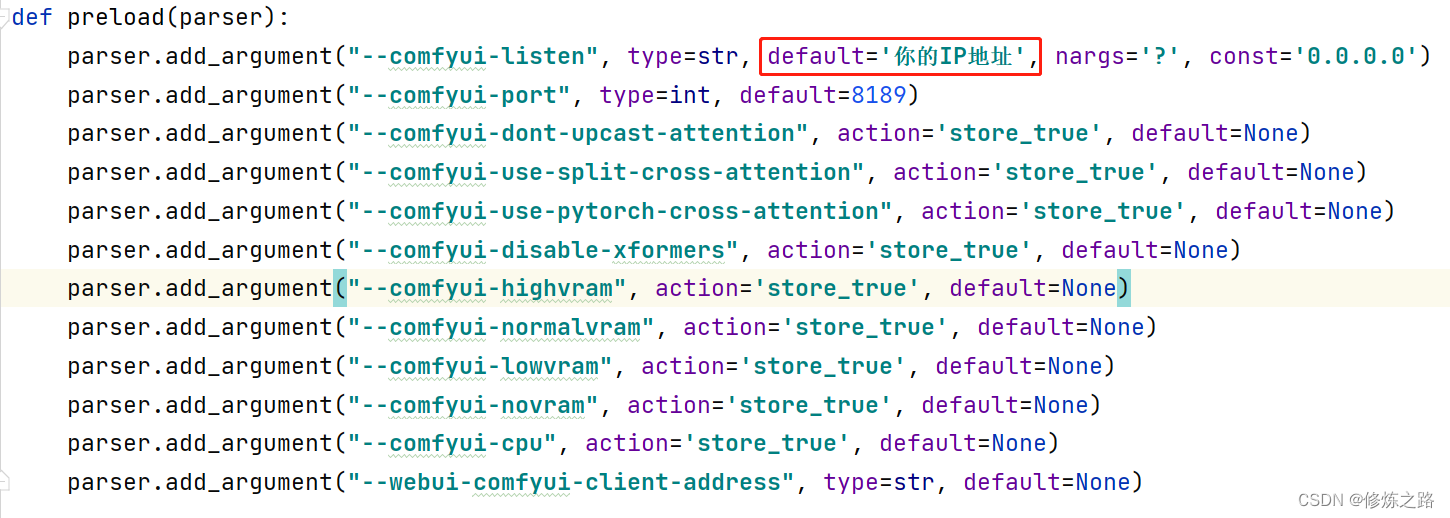
![[Mac软件]MacCleaner 3 PRO 3.2.1应用程序清理和卸载](https://img-blog.csdnimg.cn/img_convert/4a554c49b2dd5a04fc2a3bd35a9dd082.png)

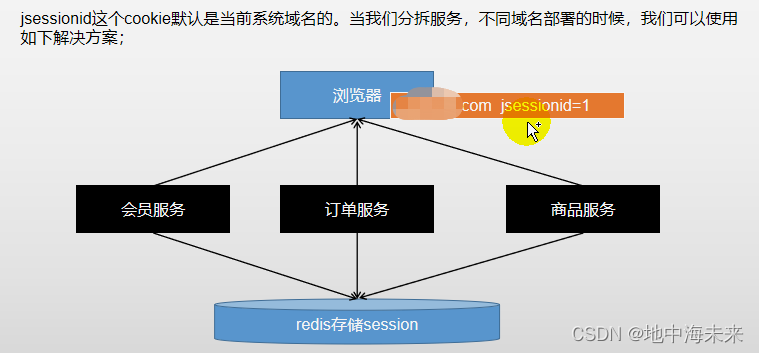





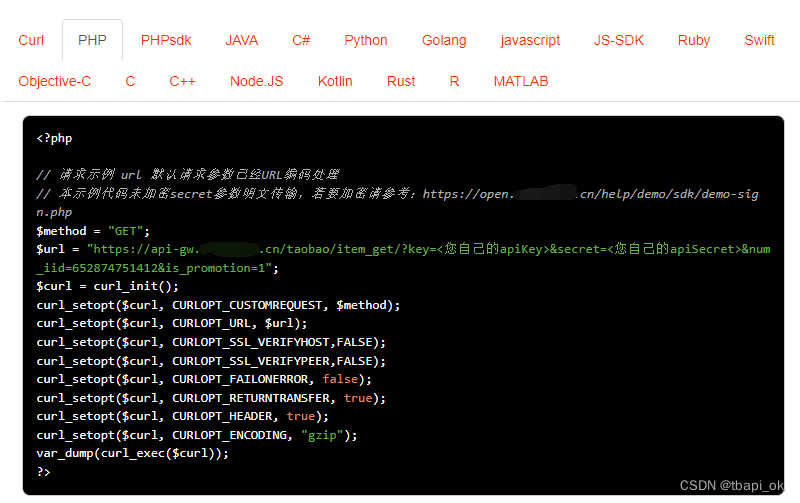
![java八股文面试[java基础]——浅拷贝和深拷贝](https://img-blog.csdnimg.cn/68d591e834284170bd20a61d0df0a9eb.png)

